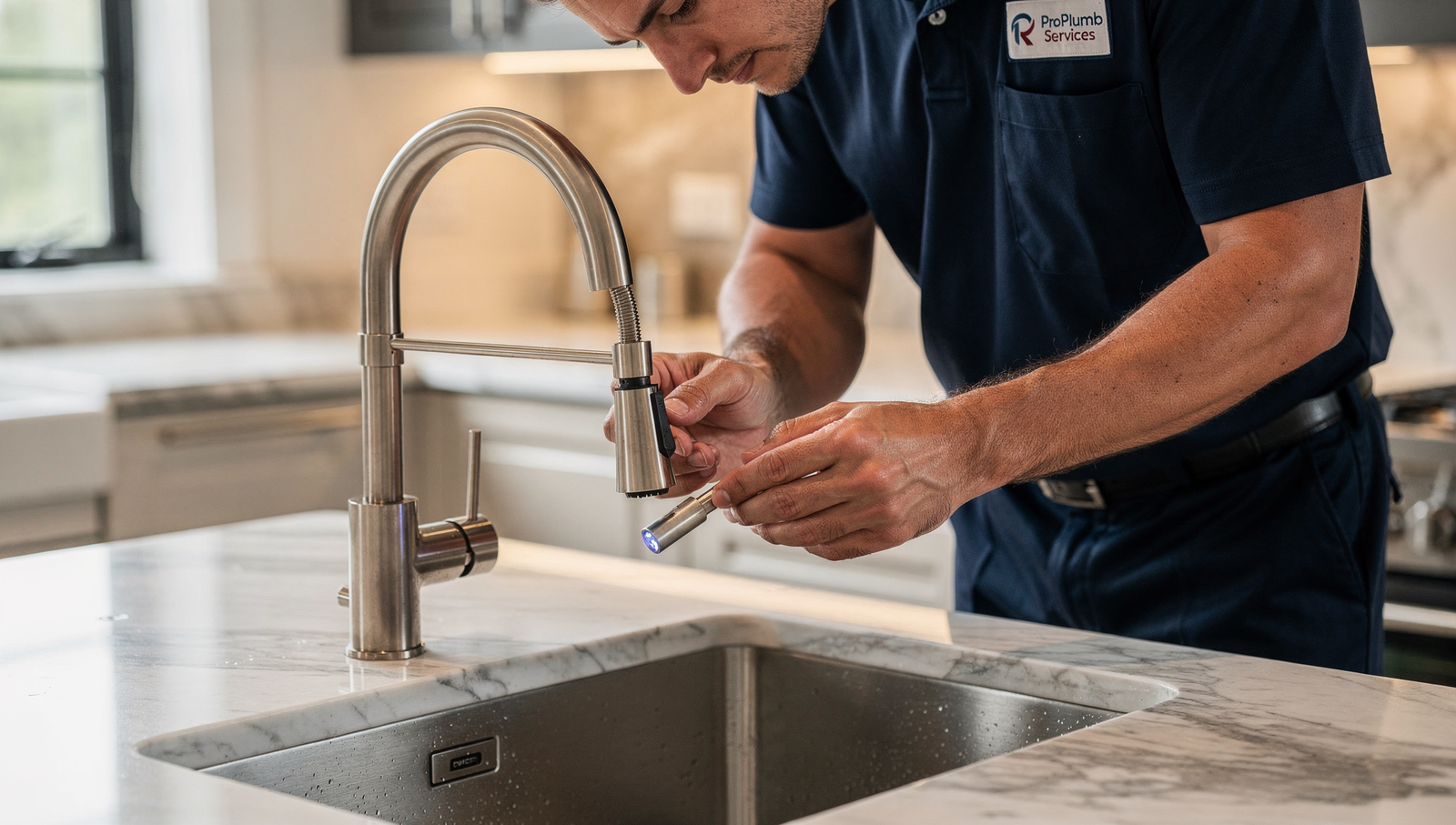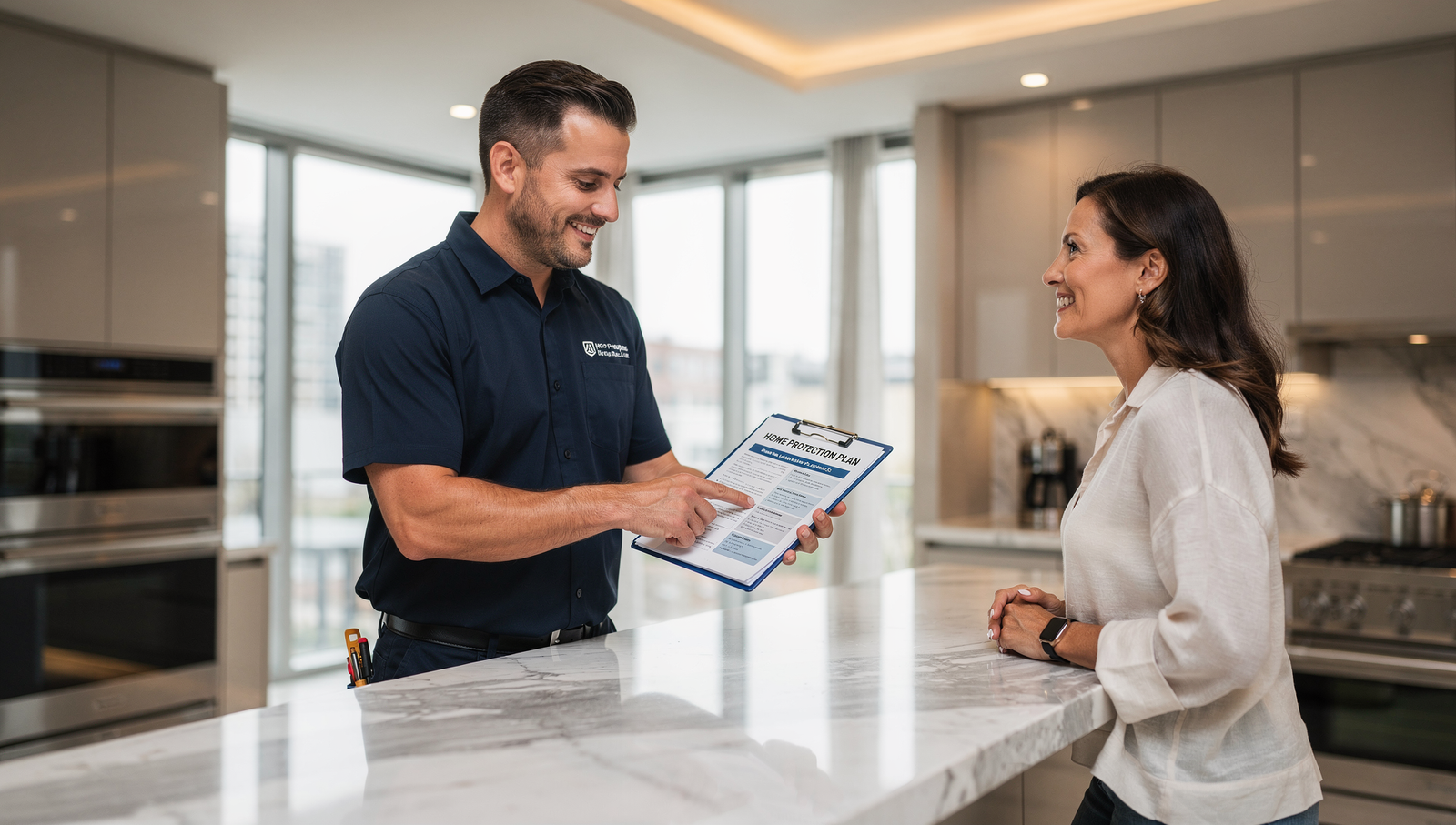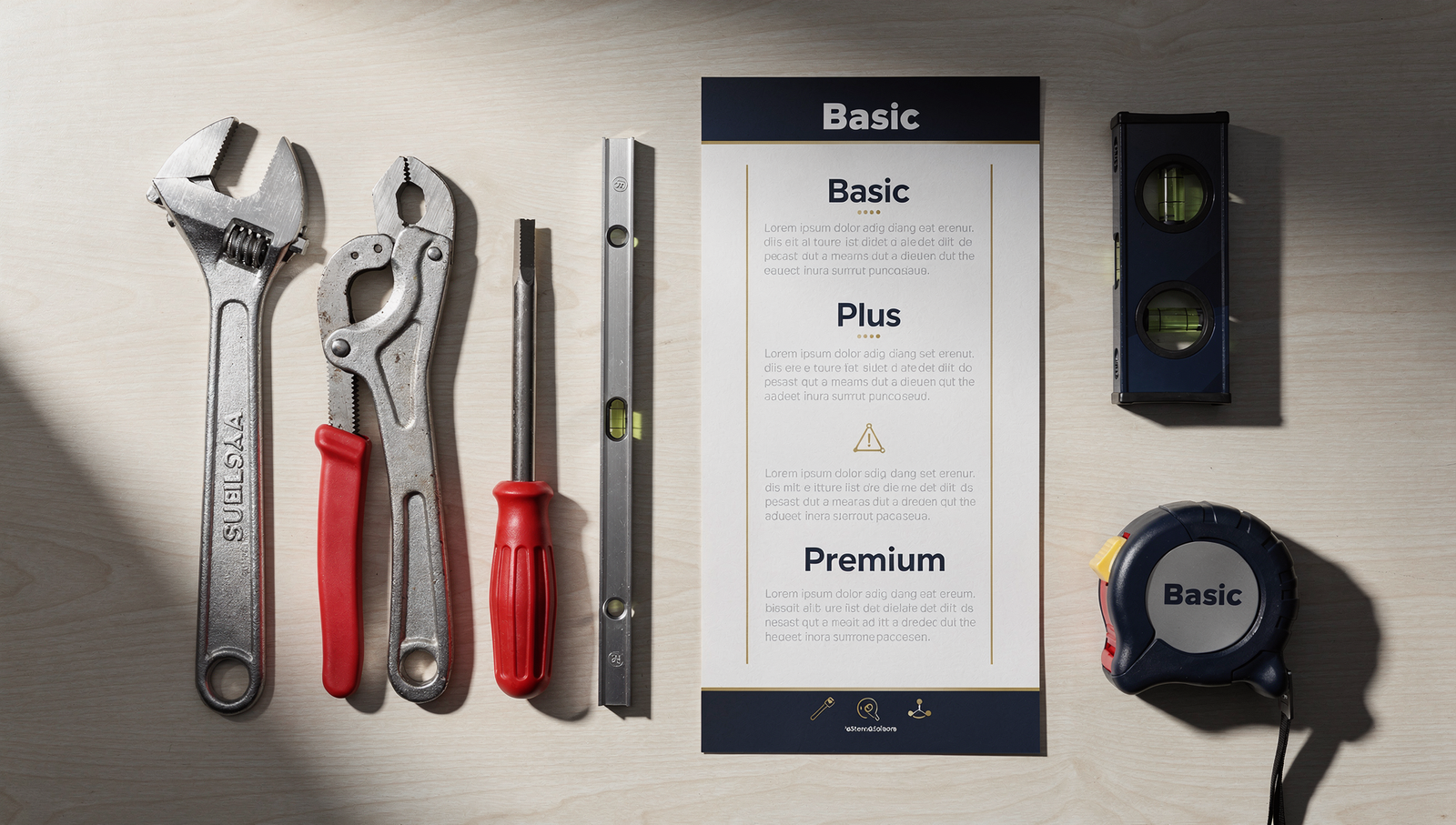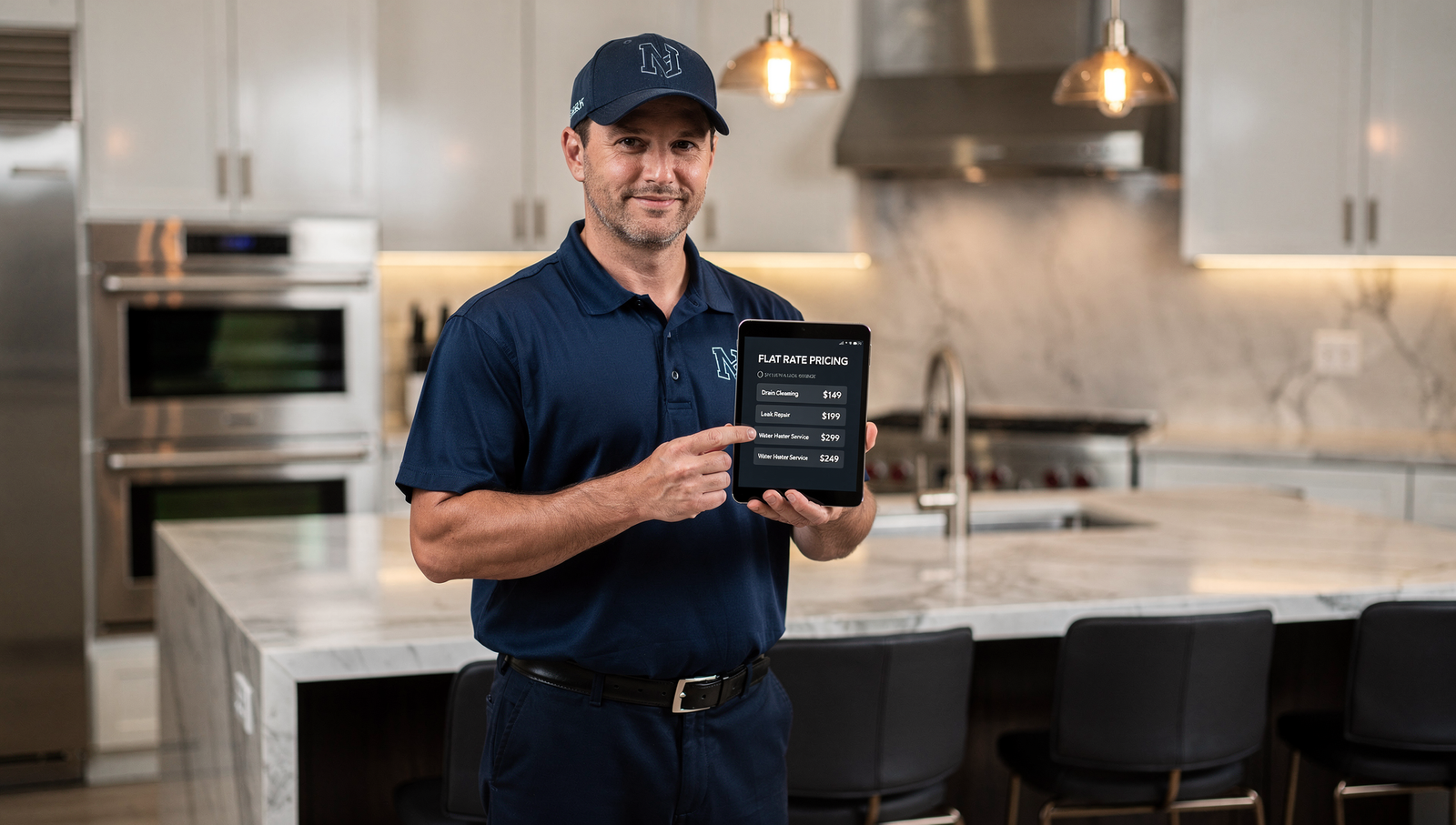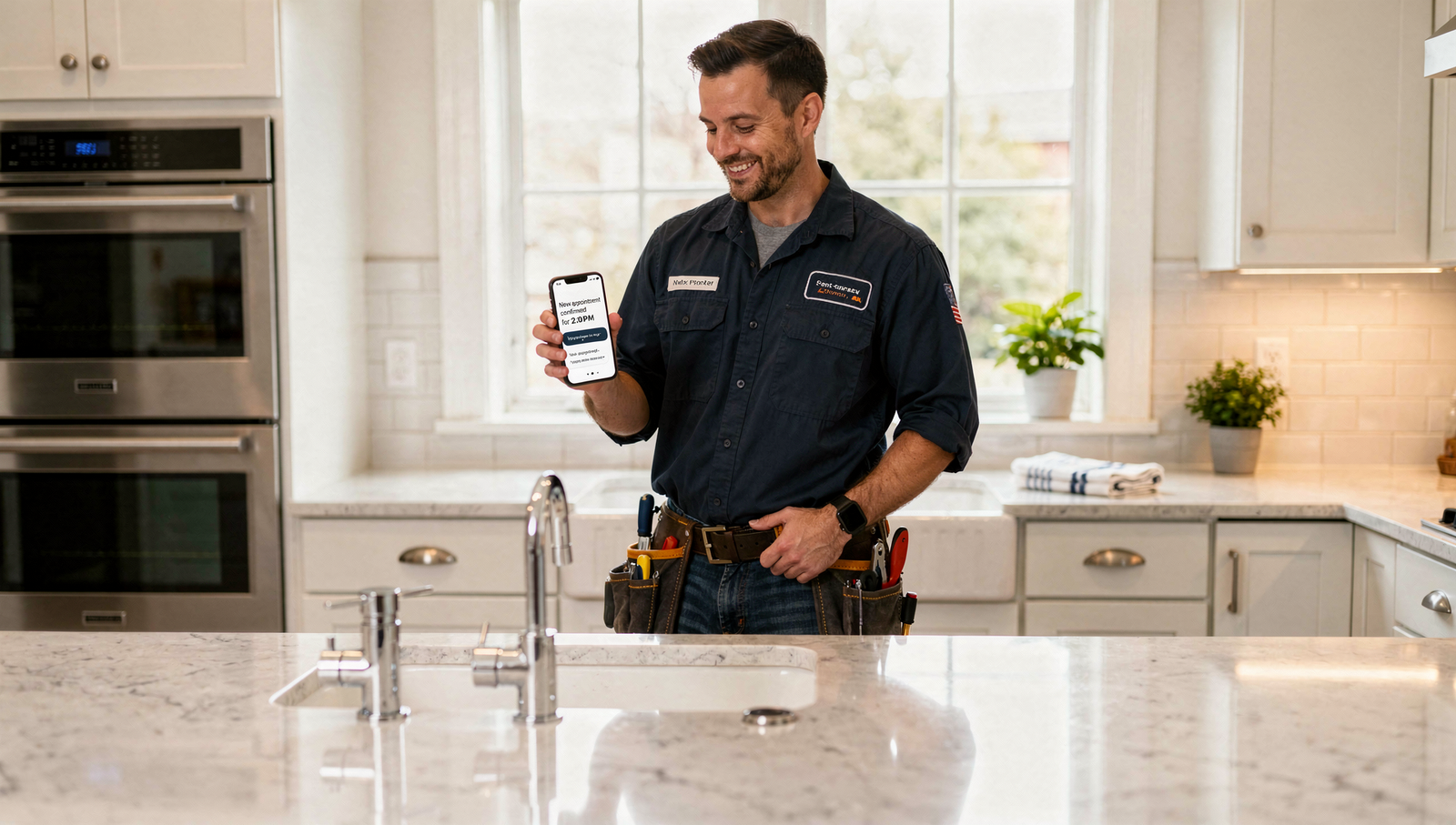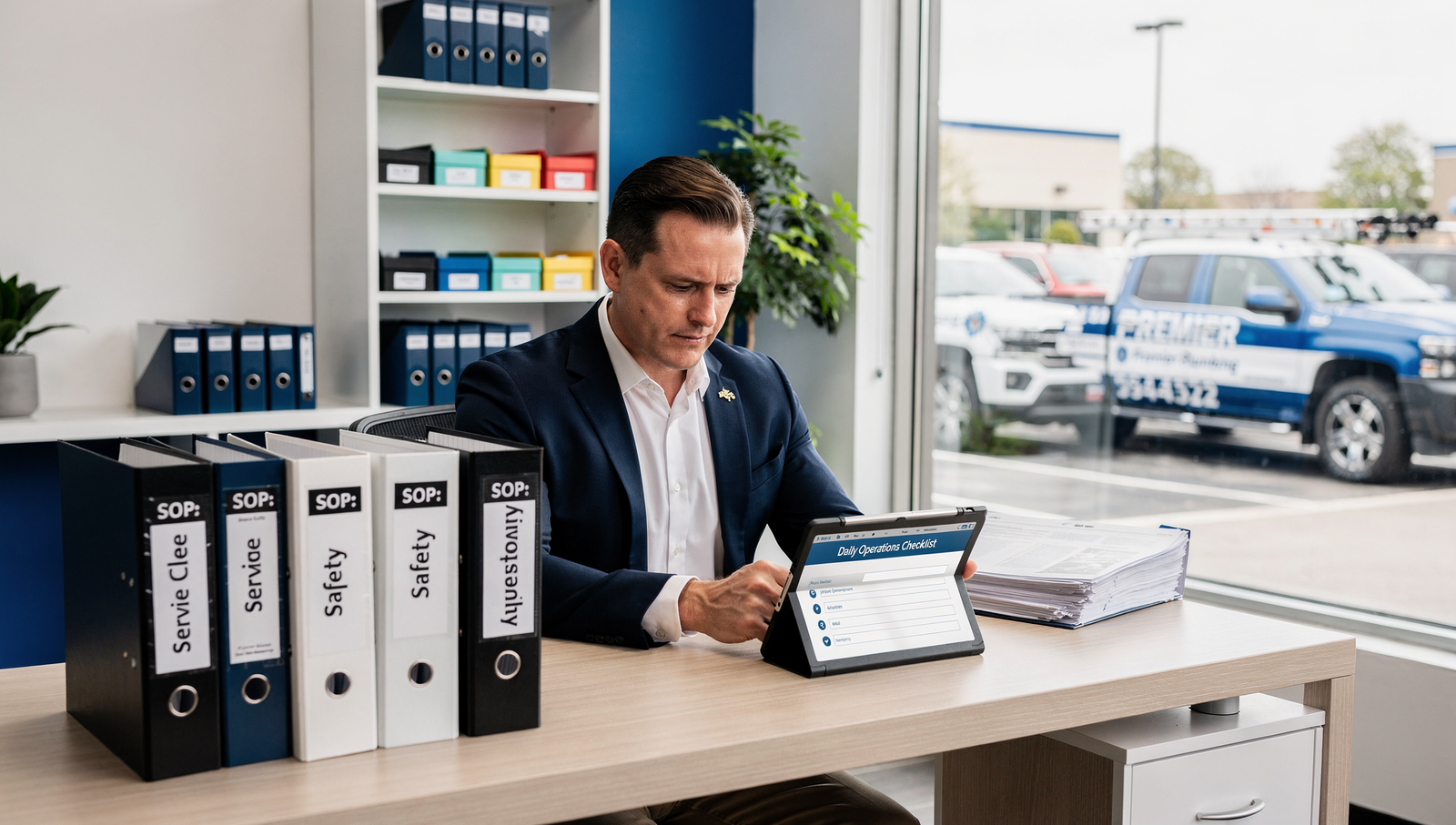Best Website Colors For Small Business Branding: How to Choose the Right Colors for Your Brand
Choosing the best website colors for small business branding is not just a design choice. It is a trust signal, a conversion lever, and a fast way to stand out in a crowded market. In this guide, I will show you how to build a color system that looks great, reads clearly, and actually helps you win more clients.
The best website colors for small business branding: start with strategy, not swatches
Before picking hex codes, define what your brand should feel like. Color is a shortcut to emotion and meaning, so let strategy lead the way.
Three questions to anchor your palette:
Who are you serving? A private school, a boutique gym, and a roofing company need very different energy.
What should visitors feel? Safe, energized, luxurious, innovative, down to earth.
What action do you want right now? Book a consult, get a quote, start a free trial.
Real-world realtor example:
A listing agent who targets luxury sellers in coastal markets might pair deep navy for trust, soft sand neutrals for warmth, and a muted gold accent for premium cues. The palette says dependable, refined, and worth a higher commission.
Understand color psychology without the hype
Color psychology is useful when applied with common sense.
Blue suggests trust and stability. Great for finance, legal, B2B services, and luxury real estate.
Green signals growth and health. Good for wellness, landscaping, eco brands, and mortgage planning content.
Black or charcoal feels modern and premium. Works well when paired with a light neutral background for readability.
Red drives urgency. Use lightly for alerts or limited offers to avoid fatigue.
Gold or brass accents communicate premium service without shouting.
Quick data points:
Accessibility guidelines recommend a minimum contrast ratio of 4.5:1 for normal text. This is a measurable, objective standard and a big part of perceived professionalism.
About 8 percent of men have some form of color vision deficiency, so avoid relying on color alone to communicate status or meaning.
Build a simple, scalable palette system
A smart palette does not need 20 colors. Aim for clarity and consistency.
Your 5-part palette:
Primary for headlines and key actions
Secondary for highlights or section accents
Neutral light for backgrounds
Neutral dark for text
Action color for buttons, links, and forms
Rules of thumb:
Use your primary for 60 percent of branded elements, neutrals for 30 percent, and accents for 10 percent.
Keep body text very dark on very light backgrounds. Save white-on-dark for headlines or banners only.
Reserve the action color for clickable things. Train users that this color means “do the thing.”
Contrast and accessibility that still looks premium
Professional does not mean boring. It means readable. Test contrast early and often.
Aim for 4.5:1 contrast on all body text and 3:1 on larger headlines.
Avoid light gray text on white backgrounds. It looks sleek in a mockup and unreadable on a phone in daylight.
Use focus states that are visible. A clear outline around buttons and inputs helps keyboard users and improves conversions.
Real-world realtor example:
A property search page with charcoal text on a soft ivory background, navy section headers, and a gold call to action button with a clear focus ring is both elegant and accessible.

Want a Free Website Audit?
Fill out your information below and we will send you a personal screen share video of tips on how to make your actual website better!
Make your calls to action unmistakable
Your button color matters. If it blends in, you lose clicks.
Checklist for action colors:
High contrast against its background
Used sparingly so it stays special
Consistent label text like “Get Your Free Quote” or “Book a Call”
Obvious hover and pressed states
Test this quickly: Squint at your page. The first thing you should see is your main headline, then your primary button.
Color across your whole brand, not just the homepage
Consistency builds memory. Extend your palette across:
Logos and favicons
Headers, footers, and navigation
Forms and error states
Social graphics and email templates
Presentation decks and proposals
Real-world realtor example:
Your listing presentation, open house flyers, email signature, and website should all use the same navy, sand, and gold combination, so homeowners immediately recognize you.
Industry-safe color starting points
If you want a head start, these pairings work well across many small businesses.
Trust and polish: Navy, ice gray, white, brass accent
Great for legal, consulting, finance, and luxury services.Fresh and modern: Forest, off-white, charcoal, mint accent
Perfect for wellness, landscaping, eco brands, and health services.Bold and innovative: Charcoal, white, electric blue accent
Good for tech, creative studios, and modern contractors.Warm and approachable: Deep brown, cream, clay, olive accent
Nice for local cafes, boutiques, and family-owned service businesses.
Common color mistakes that cost conversions
Too many colors. Limit to 5 core colors with defined roles.
Low contrast text. Looks sleek, reads poorly.
Using red for primary buttons. It can imply error or warnings.
Accent overload. If everything is highlighted, nothing is highlighted.
Ignoring mobile. Test on your phone in bright light.
For more practical fixes, see Website Mistakes That Are Costing You Customers and How to Make Small Business Website Look Professional.
How to pick your palette in 20 minutes
Write three brand words. Example: Confident, friendly, modern.
Choose a base neutral. Off-white if you want light and airy, charcoal if you want bold and modern.
Pick one primary color that matches your brand words.
Add one accent color for highlights and icons.
Set your action color for buttons and links.
Test contrast for body text and buttons.
Apply across three screens first: homepage hero, services, contact form.
Get feedback from two customers and one person unfamiliar with your brand.
If you want layout ideas that pair well with a clean palette, read Best Website Design Tips for Small Business Owners and How to Create a Professional Website for Your Small Business.
Examples that small business owners can copy
Local contractor site:
Base: Warm white background
Text: Charcoal
Primary: Deep navy
Accent: Safety green used only for icons and small tags
Action: Navy button with white text and a visible focus ring
Boutique fitness studio:
Base: Soft gray
Text: Near-black
Primary: Forest green
Accent: Blush for section dividers and graphs
Action: Forest button with a subtle box shadow and bold label
Realtor brand focused on new builds:
Base: Ivory
Text: Charcoal
Primary: Slate blue
Accent: Muted gold for market stats and icons
Action: Slate blue button, always above the fold and repeated after every section
To boost conversions once your palette is set, check How to Make Your Website Convert Visitors into Clients and Simple Design Tweaks That Boost Small Business Credibility.
Implementation tips your future self will thank you for
Document your hex codes and usage in a one-page brand sheet.
Create utility classes or global styles for backgrounds, text, and buttons.
Add a color legend to your design system: what each color is for, and when not to use it.
Run an accessibility pass any time you change backgrounds or photography.
Keep a secondary accent hidden in your toolbox for seasonal campaigns so your main CTA color stays special.
If you are setting up from scratch, our post How to Create a Professional Website for Your Small Business walks through theme setup and global styles step by step.
Conclusion and next step
Choosing the best website colors for small business branding is about clarity, contrast, and consistency. When your palette reflects your personality and supports readability, your site feels premium, trustworthy, and easy to use. If you want hands-on help picking a palette and applying it across your website, book a free consultation with Digital Dream Homes and we will build a color system that converts.
Other Posts About Small Business Websites You Might Like…
- Small Business Website Design Tips for Small Business Owners
- How to Create a Professional Website for Your Small Business
- Common Small Business Website Mistakes That Are Costing You Customers
- Best Homepage Layout for Small Businesses
- Website Conversion Tips for Small Business: How to Make Your Website Convert Visitors into Clients
- How to Make Small Business Website Look Professional: Simple Design Tweaks That Boost Small Business Credibility
- Best Website Colors For Small Business Branding: How to Choose the Right Colors for Your Brand
- Why Small Business Websites Fail: Why Your Website Isn’t Bringing in Leads
- Mobile Friendly Website Tips For Small Business: Mobile Optimization Tips for Local Business Websites
- Contact Page Optimization for Small Business: How to Create a “Contact Us” Page That Actually Gets Results
Matt Pieczarka
See How Many Closings You're Losing to Zillow!
Click Here to Use our Calculator to See How Many Clients Zillow is Taking From You Per Year!
9 Plumbing Company Branding Strategies That Get More Calls
9 Plumbing Company Branding Strategies That Get More Calls Facebook X LinkedIn Threads Email The tricks learned in this video and blog post will help you get your brand to as many
7 Plumbing Membership Plans Benefits That Boost Profit
7 Plumbing Membership Plans Benefits That Boost Profit Facebook X LinkedIn Threads Email The tricks learned in this blog post have increased recurring revenue for one of our plumbi
7 Plumbing Services Pricing Tiers That Sell Like Crazy
7 Plumbing Services Pricing Tiers That Sell Like Crazy Facebook X LinkedIn Threads Email The tricks learned in this video and blog post have gotten one of our clients an average of
7 Plumbing Service Pricing Strategies To Boost Profit
7 Plumbing Service Pricing Strategies To Boost Profit Facebook X LinkedIn Threads Email The tricks learned in this video and blog post have gotten one of our clients an average of
7 Plumbing Maintenance Agreement Strategies That Drive Revenue
7 Plumbing Maintenance Agreement Strategies That Drive Revenue Facebook X LinkedIn Threads Email Most plumbers leave recurring revenue on the table. These maintenance agreement str
AI Tools for Plumbing Businesses That Book Jobs 24/7
AI Tools for Plumbing Businesses That Book Jobs 24/7 Facebook X LinkedIn Threads Email The AI tricks learned in this blog post have gotten one of our plumber clients an average of
Hiring Plumbers And Onboarding Program For Rockstar Crew Growth
Hiring Plumbers And Onboarding Program For Rockstar Crew Growth Facebook X LinkedIn Threads Email The strategies in this blog post helped one of our plumbing clients cut onboarding
7 SMART Goals For Plumbing Growth In 90 Days
7 SMART Goals For Plumbing Growth In 90 Days Facebook X LinkedIn Threads Email The strategies in this blog post helped one of our clients get organized and grow his plumbing busine
5 Step Plumbing SOPs Creation Guide For Stress Free Growth
5 Step Plumbing SOPs Creation Guide For Stress Free Growth Facebook X LinkedIn Threads Email The strategies learned in this blog post have helped one of our clients reach the next

